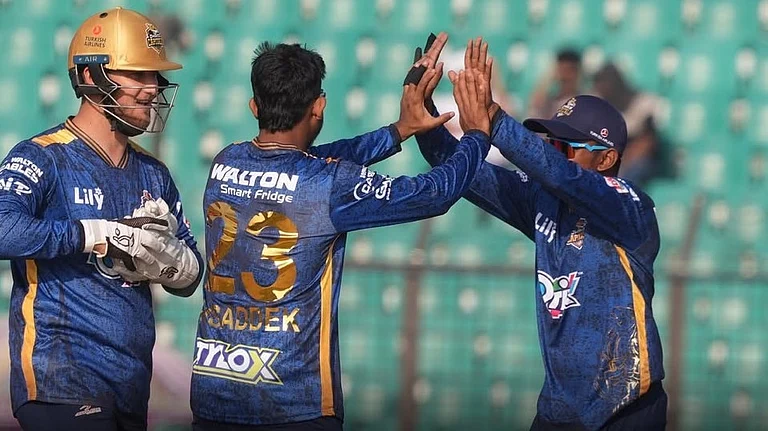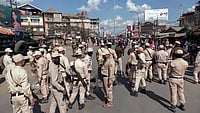India and China on Friday held another round of high-level military dialogue to resolve the 22-month-long standoff in certain remaining friction points in eastern Ladakh, two months after the last round of such talks failed to yield any significant outcome in resolving the row.
The 15th round of Corps-Commander level talks began at around 10 am at the Chushul-Moldo border point on the Indian side of the Line of Actual Control in eastern Ladakh, people familiar with the dialogue said.
It is learnt that India pressed for early disengagement of troops in remaining friction points including resolution of pending issues in Depsang Bulge and Demchok.
The main focus of the talks was the completion of the stalled disengagement process in the Hot Springs (Patrolling Point-15) areas, the people cited above said.
The Indian delegation at the talks is being led by Lt Gen Anindya Sengupta, the Commander of the Leh-based 14 Corps.
The 14th round of talks had taken place on January 12 and it did not result in any significant headway in resolving the row in remaining friction points.
"The two sides agreed to stay in close contact and maintain dialogue via military and diplomatic channels and work out a mutually acceptable resolution of the remaining issues at the earliest," a joint statement issued after the 14th round of talks said.
The Chinese delegation at the talks was to be headed by Maj Gen Yang Lin, commander of the South Xinjiang Military District.
It is learnt that the talks continued till evening.
The eastern Ladakh border standoff between the Indian and Chinese militaries erupted on May 5, 2020, following a violent clash in the Pangong lake areas.
Both sides gradually enhanced their deployment by rushing in tens of thousands of soldiers as well as heavy weaponry.
As a result of a series of military and diplomatic talks, the two sides completed the disengagement process last year in the north and south banks of the Pangong lake and in the Gogra area.
Each side currently has around 50,000 to 60,000 troops along the Line of Actual Control (LAC) in the sensitive sector.


























